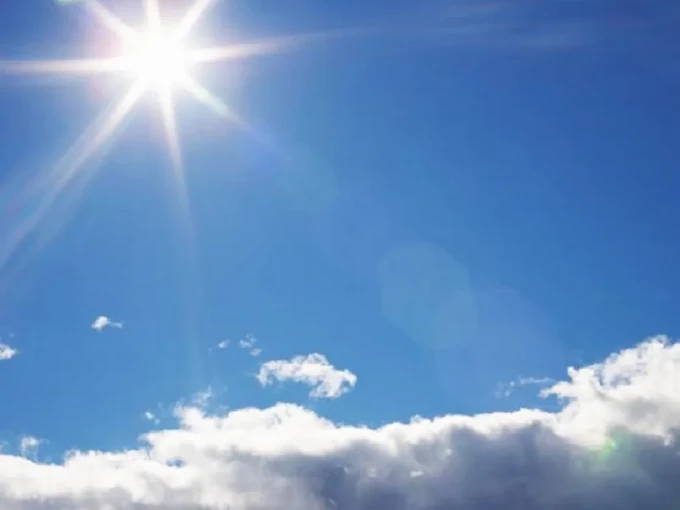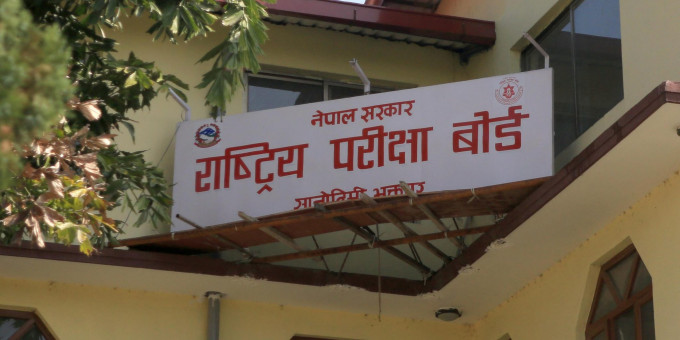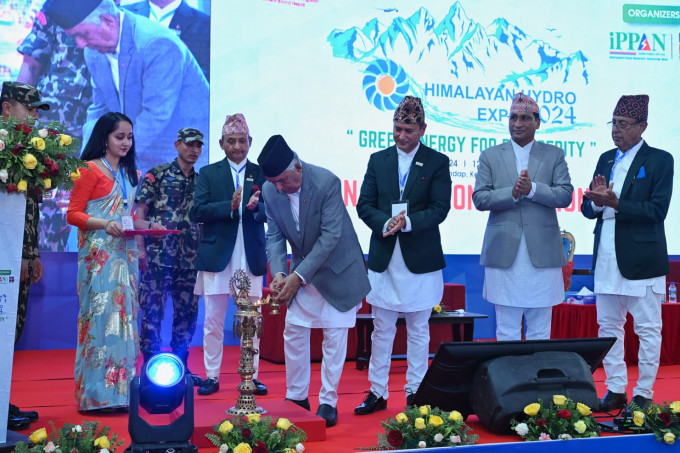With minimal rainfall, less snowfall, and depletion of water reservoirs, Nepal is facing acute consequences of climate change from early on in 2023. This winter, there has been little rainfall in Nepal, especially in the Himalayas leading to less snowfall in the mountains. Snowfall has been decreasing every year in Nepal due to temperature rise and climate change. This way Nepal’s glaciers will melt at an even faster pace.
The Government of Nepal, initiated the National Adaptation Plan (NAP) in September 2015 to develop medium and long-term adaptation strategies to combat climate change. The Department of Hydrology and Meteorology (DHM) has supported the NAP formulation process by studying and publishing a report in June 2017 on climatic change trends in Nepal. The report reveals that the temperature is expected to continuously increase throughout the 21st century, which is becoming a huge danger for Nepal. “Snowfall is decreasing every year in the Himalayan region of Nepal while the temperature there is steadily increasing,” says Ruby Shrestha, environment health expert and a participant at the NHRC climate change event. “Despite awareness programs effectively in place in Nepal, the lack of research-generated evidence is preventing Nepal from adopting climate change policies," she adds.
In addition to the spread of diseases like Malaria and Dengue in high-altitude regions of Nepal, climate-induced migration is also becoming an observable phenomenon in Nepal, due to unlivable places created by extreme weather scenarios.
To resist the damaging effects of climate change taking place in Nepal, there is a need to produce low climate-warming greenhouse gases like carbon dioxide on a huge scale. Alternating towards renewable energies can help prevent the exhaustion of fossil fuels. However, nature preservation is crucial to the construction of a healthy environment. Nepal receives aid from multiple international donors to combat climate change in Nepal however nature conservation is often neglected in the aid-giving process globally. Only 3% of global climate funding is currently directed towards nature protection, and restoration of forests, mangroves, and peatlands.
Collaborating with the indigenous people is extremely important in launching initiatives to conserve nature in Nepal. Indigenous people living in Nepal are directly connected to nature and natural resources in sustaining their livelihoods. Indigenous people have long lived in harmony with the natural environment, but the impacts of climate change have made a significant impact on their livelihoods of the indigenous people. However, they are not just victims of climate change they are the ones who greatly help combat it.
There is a very strong presence of indigenous communities in Nepal, which is a great strength for Nepal in conserving nature as indigenous people hold great knowledge about the conservation of natural resources and how to use them by not exploiting them to an extent that the natural resources become scarce for the upcoming generations.
Indigenous people in Nepal have inherited the knowledge of conserving the natural environment through their ancestry. The United Nations study conducted in Nepal reveals the lack of national policy and legislation emphasizing indigenous issues. As leasehold Forestry Policy (2002) and 10th Forest Action Plan (2002-2007) and Forest Act 1993 are silent in the case of indigenous peoples. Other acts formulated by the Government in the past, also do not include the rights and roles of the indigenous people in their native lands for the conservation of nature. Nepal can utilize its strengths such as the significant presence of the indigenous population and locally available traditional technologies to combat climate change through amplifying nature preservation.
READ ALSO:









